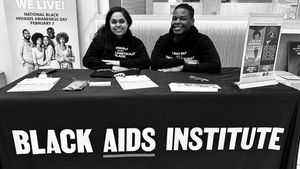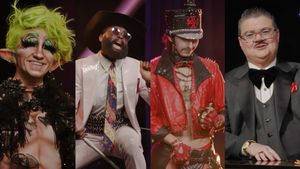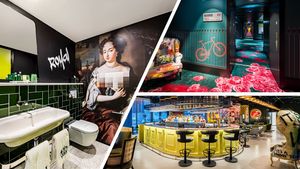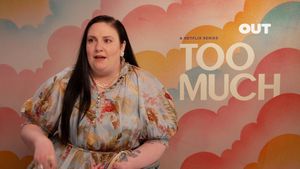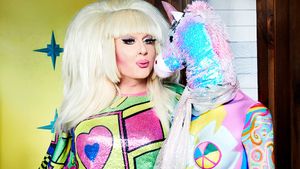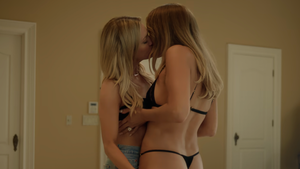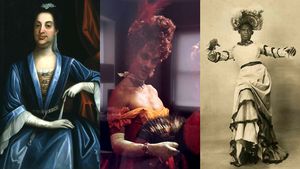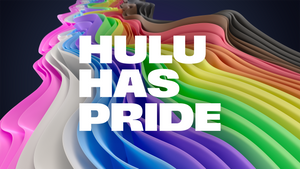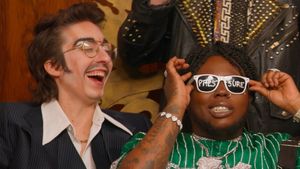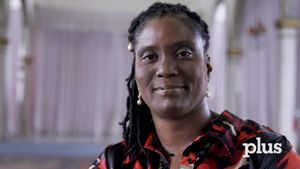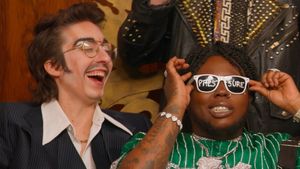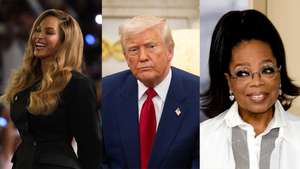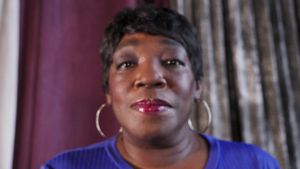I didn't have "Katespiracy" on my 2024 bingo card.
Since Catherine ‘Kate’ Middleton, Princess of Wales, underwent an unexpected abdominal surgery in January, the mystery surrounding her whereabouts has sparked speculation. What started as a whisper of conspiracy has escalated into a barrage of reports about the bedridden princess, despite the couple's efforts to address the situation with a statement on her surgery and extended recovery. The tension peaked over the weekend with the release of a photo of Kate with her three children for Mother's Day in the U.K. Intended as a heartfelt tribute to the devoted mother and a means to dispel rumors, the image became a focal point for scrutiny and speculation. The situation took a turn for the worse when leading news agencies retracted the photo due to manipulation concerns.
This was a shock to me as an avid royal watcher and former student of the royal family’s brand management.
Is this the Royal Family's first instance of presenting a doctored image for public consumption? Certainly not. Like their counterparts across the globe, the British royals have elevated image and brand management to an art form over the centuries. When we envision Henry VIII, it's unlikely that we picture a king with a leg condition that may have influenced his later mood swings. Similarly, images of the regal Elizabeth I in her final years are scarce, despite dying at 69. With new technologies - photography, radio, television, and the internet - the Royal Family, with few exceptions, has meticulously curated their image for public consumption. Even in her final years, the late Elizabeth II understood the power of an image, as evidenced by a photo of her greeting her latest prime minister. Duty, above all else, remains their guiding principle.
With centuries of practice, it's a surprise that the Mother's Day photo has only caused controversy. This situation highlights a stark contrast with an entirely different realm of image management that could offer valuable lessons to the Royal Family: the world of drag queens.
The mistakes in the Kate Middleton photo are genuinely insane ?????
At first glance, the connection might seem ridiculous, but drag queens are masters of crafting and controlling their public personas. They understand the power of visuals, the importance of narrative, and the art of engaging with their audience in both an authentic and meticulously curated way.
Drag queens are adept at using their physical appearances to tell a story, convey a message, or evoke an emotion. They are not merely performers but their own brand managers, creative directors, social media managers, and PR firms rolled into one. Each appearance is an opportunity to reinforce their brand, connect with their audience, and control their narrative while gaining a loyal fanbase - the perfect combination for any queen, drag or otherwise. They navigate the digital landscape with a savvy understanding of using social media and visual imagery to their advantage.
Drag queens adapt their personas and performances based on feedback and changing cultural landscapes. The Royal Family, though trained to stick with traditions of “never complain, never explain,” could benefit from a more adaptive and responsive approach to public relations challenges.
After all, monarchy, like drag, is about performance in the public gaze.
Mrs. Kasha Davis, the self-styled 'Queen of the Cul-de-Sac,' has effectively managed her brand by emphasizing kindness, creativity, and inclusivity. Whether it's authoring children's books, hosting story hour, or spending another weekend leading her fabulous brunch, the adoration her fans have comes from her ability to project her most authentic self. Despite her famous line, "There's always time for a cocktail," Kasha has never shied away from talking about her past struggles with alcohol and the euphoria of her sobriety. She entertains, educates, and inspires, managing her image as a multifaceted performer and advocating for positive social change.
Like royals, drag queens are not without controversies—especially when it comes to royal-level feuds. Elizabeth Bowes-Lyon and Wallis Simpson; Kate Middleton and Meghan Markle; Bob the Drag Queen and Maddy Morphosis. What started as a one-off remark launched into a diss battle between the Drag Race alums. And, with them, the loyal followers who defended their respective queen while taunting the other side. Sometimes, the taunts from their fanbase can get downright nasty, and not just among Drag Race fans. However, how Bob and Maddy dealt with the feud is something royals could find grace and humor in managing their brand - creating a more relatable atmosphere in a time of declining trust with the public.
Ultimately, the goal is not for Kate, Charles, Will, Camilla, and the rest of the royal crew to wear sequined outfits, caked makeup, lashes and hair stacked to the heavens. It’s simply to understand that in a time where we're constantly inundated with overly-touched images - let alone AI-generated ones - the imperfect photos are equally touching and authentic.
Through this, the next generation of royals could enhance their connection with the public, control their narrative more effectively, and navigate the complexities of modern media with the finesse and charm of a queen ruling the stage.
Marie-Adélina de la Ferrière is the Community Editor at equalpride, publisher of The Advocate, Out, Out Traveler, Plus, and Pride.com.
Want to share an opinion on an issue? Have an inspiring personal story to tell? Visit pride.com/submit to learn more.
Views expressed in Prides.com’s opinion articles are those of the writers and do not necessarily represent the views of PRIDE or our parent company, equalpride





